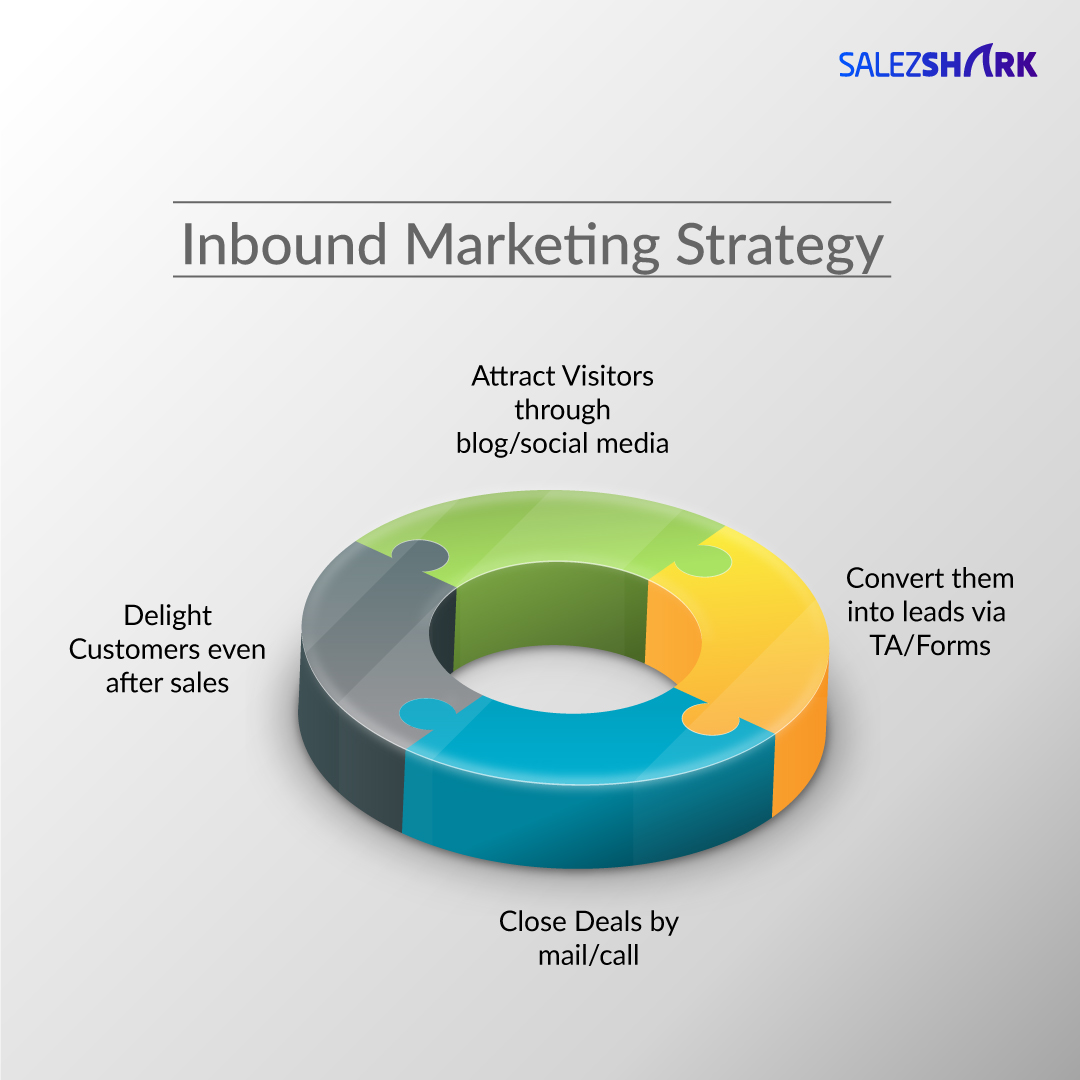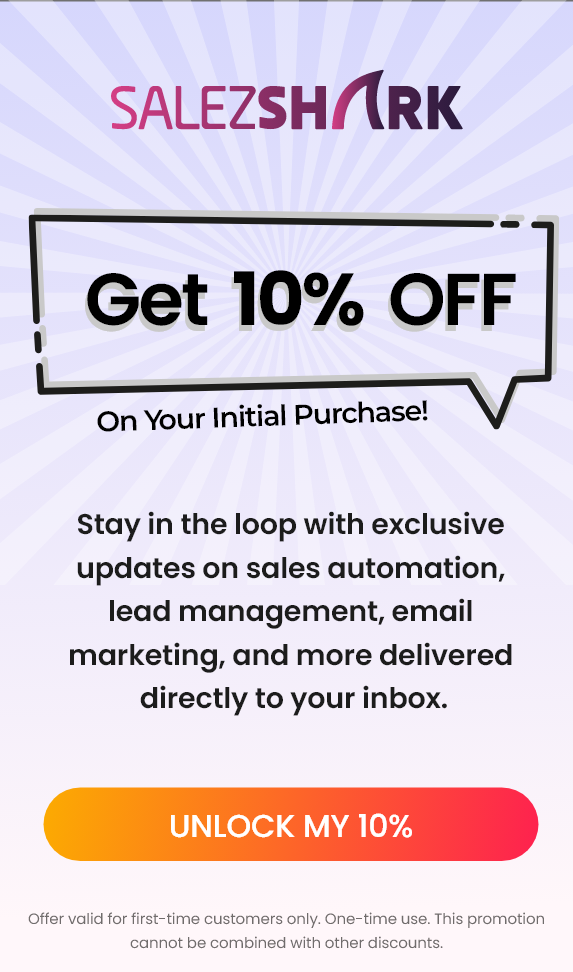What is Inbound Marketing?
Inbound marketing is a well-known terminology in the digital landscape and one of the crucial marketing strategies to generate leads, clients, sales and thereby revenue. With the addition of informative and wacky content, you will be able to attract prospective customers directly to your website and then converting them into leads. Content is the king that rules the online space with its much efficient squad like blogs, search engine optimization (SEO), social media, e-books, paid per click (PPC) and webinars. Believe me, implementing an inbound marketing strategy is not rocket science but with the right usage of above mentioned inbound marketing tools, you will build wider business plans and observe drastic results. There is a popular quote about inbound marketing from best-selling author Guy Kawasaki, the Silicon Valley venture capitalist.
“If you have more money than brains, you should focus on outbound marketing. If you have more brains than money, you should focus on inbound marketing.”

What is Outbound Marketing?
Outbound marketing is the traditional transcript of one-way traffic that optimize without being aware of other’s interest. It includes advertising like TV ads, cold calling, direct mails, exhibitions and more. In simple words, it is a practice where one needs to “buy, beg or bug their way in” to convert leads into deals. Thanks to technology due to which consumers are now well-educated about the brand and its products and do not hesitate to backfire on social media if the marketing messages turned out to be abusive/over-dramatic/biased/hurting sentiments.
In traditional outbound marketing, people get enticed with advertising and banner ads to reach out to the website/store directly in order to know more about the product/services. The drastic change in the buying behavior is due to the easy accessibility of technology through which a buyer can research about the product/company online and take a leap over sales directly to purchase/not interested decision. However the dependency upon the seller is reduced and buyers are more interested in an online examination rather than physically checking-it-out, thereby saving money & time.
Let’s analyze the key features of inbound marketing vs. outbound marketing
Why outbound marketing is less effective |
Why inbound marketing is on rise |
| 8 out of 10 people skip television advertisements | 6 out of 10 customers are acquired through blogs & social media |
| 40% of people never open direct mails. | Less expensive & costs 60% less per lead |
| Focus more on the product’s need | Emphasize customer’s requirement |
| Run on the one-way track | Interactive & runny |
Popular Inbound Marketing Strategies Tools to grow your business:
Blogging & Content Marketing
Blogging is all about bringing organic traffic to your site by publishing informative blogs regularly. It is highly recommended and used marketing strategy across B2B organization to grow business via the website. Improve your blog traffic by following the mentioned inbound marketing tactics:
Publish the right content based on the target consumer base
Research & use keywords wisely
Regularly publish blogs on your blog page.
Insert powerful call-to-action (CTA) for higher conversion.
SEO
Nothing is quicker than SEO to rank your website up on the Google ranking. Include relevant keywords in the SEO optimization of your website against which your customers are searching for your product/services. Follow simple steps to upgrade your ranking:
Incorporate keywords in headers & page text, within the page content.
Include keywords in URL & Meta description, within the page properties.
When uploading or inserting images, include keywords in the name of the picture (for instance: inbound-marketing-strategies), utilizing an alt tag with the keyword in it.
Lead nurturing
Lead nurturing is the purposeful process to engage a defined target segment and qualify them on certain factors to make them sales-ready. This guarantees the inbound advertising exercises and sales reps aren’t sitting around idly on unqualified leads. Lead nurturing also assists your buyer to know more about your business.
Decide your planning, act quickly on new inquiries.
Keep on revising your email content, attempt various sorts of opening and follow up messages.
Choose what to offer your leads -a month to month pamphlet, free download, and discount?
Close faster and keep on sustaining.
Paid Search & PPC
This should be the next step in your marketing plan when you start getting a good response from your inbound marketing efforts. Perhaps, it isn’t an ideal choice for all businesses however the greater part will profit by using paid inquiry to pull in applicable leads and traffic to your business. It is imperative if you set-up remarketing ads to serve new substance and your offers to those individuals who show interest in your current SEO/content/inbound endeavors.
Utilize Google’s Keyword Planner to look through your target segment.
Make figures and spending plans to evaluate how well the road can perform for you
As opposed to Broad Match keyword, try to use Phrase Match keyword so that you can attract relevant traffic to your business and saving money as well.
Hire a dedicated PPC Manager to consistently review devoted remarketing efforts on popular pages and CTAs.
